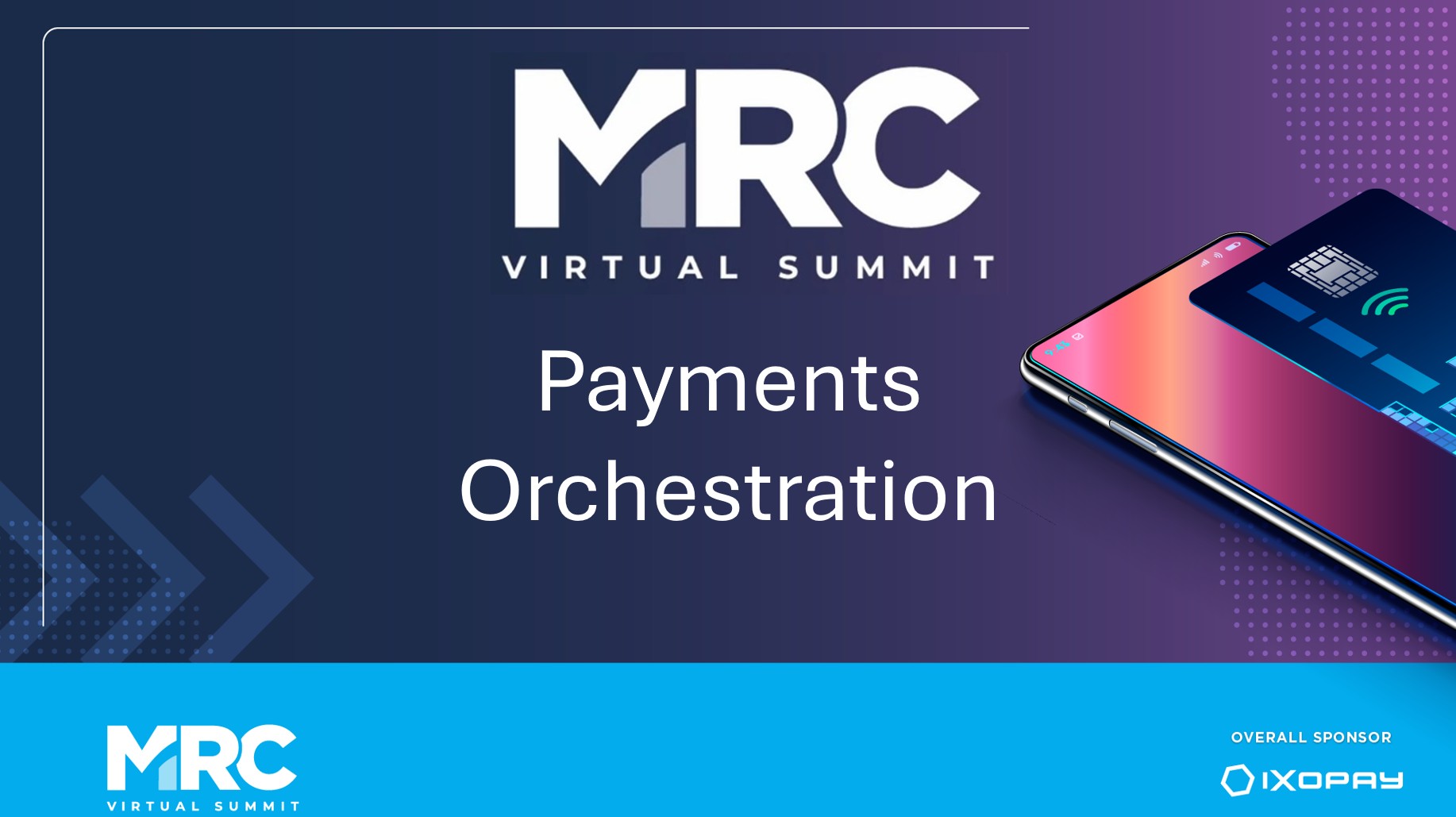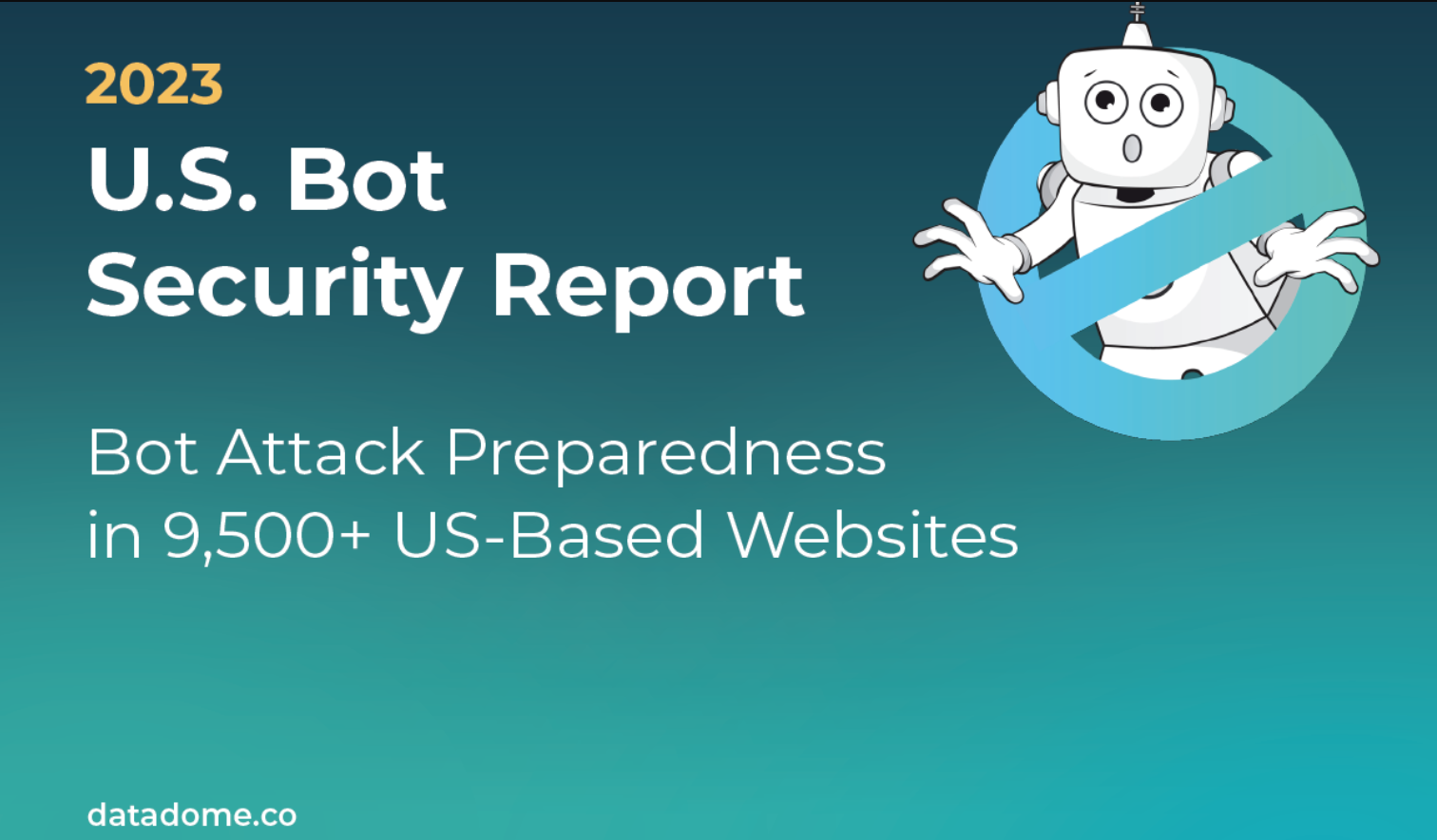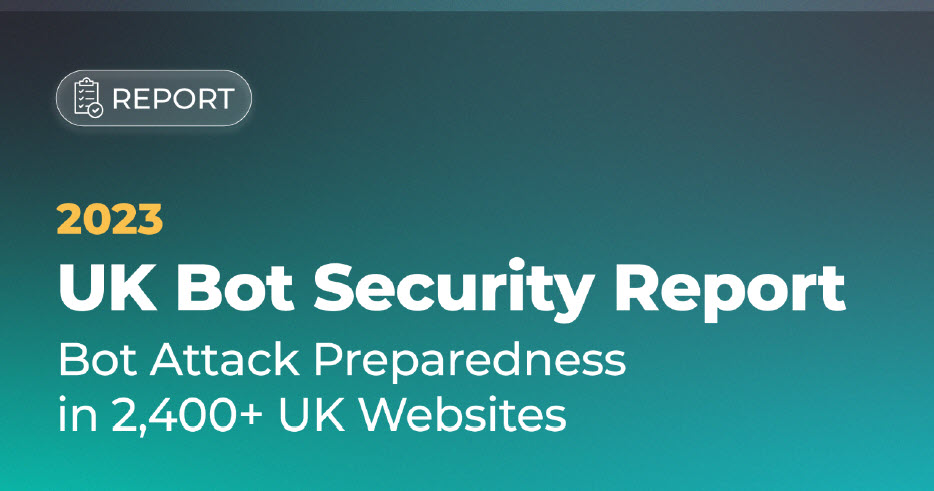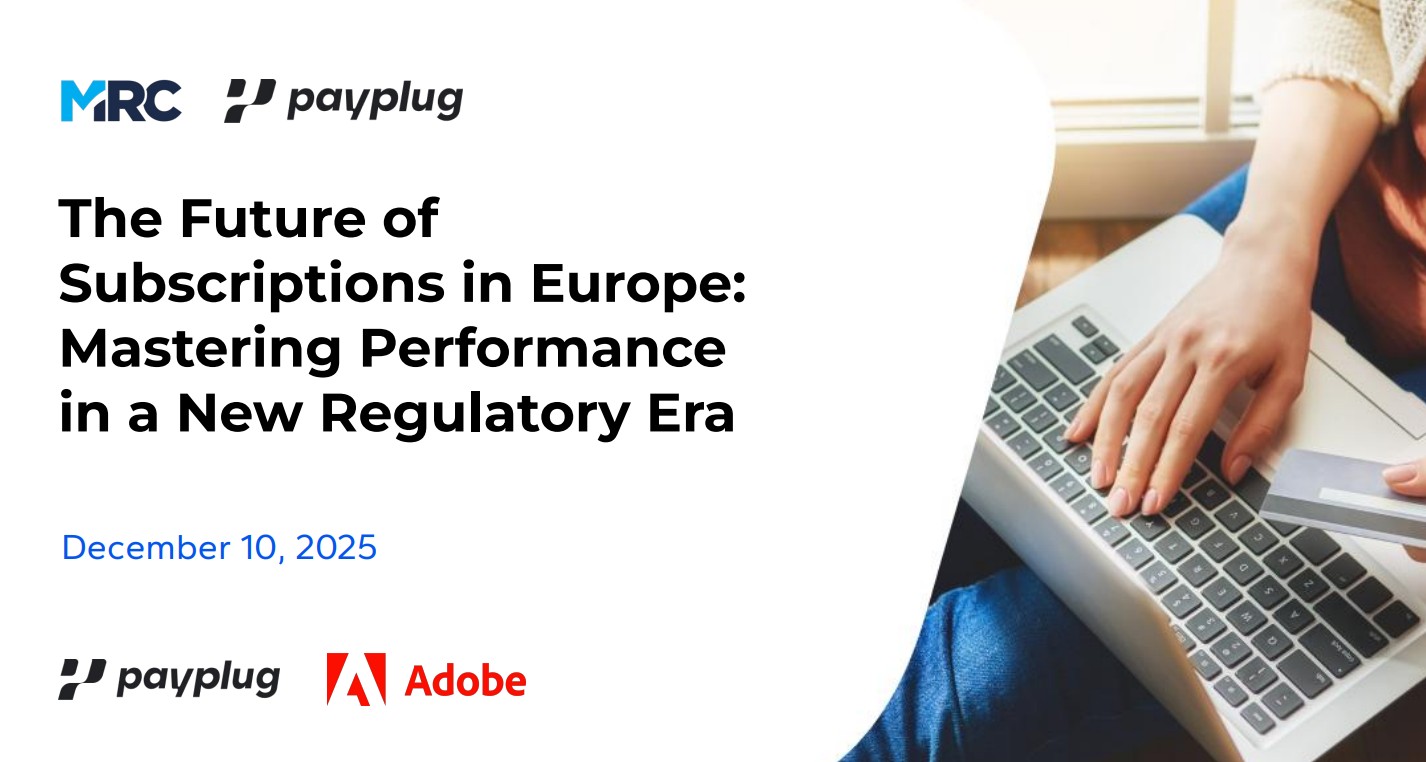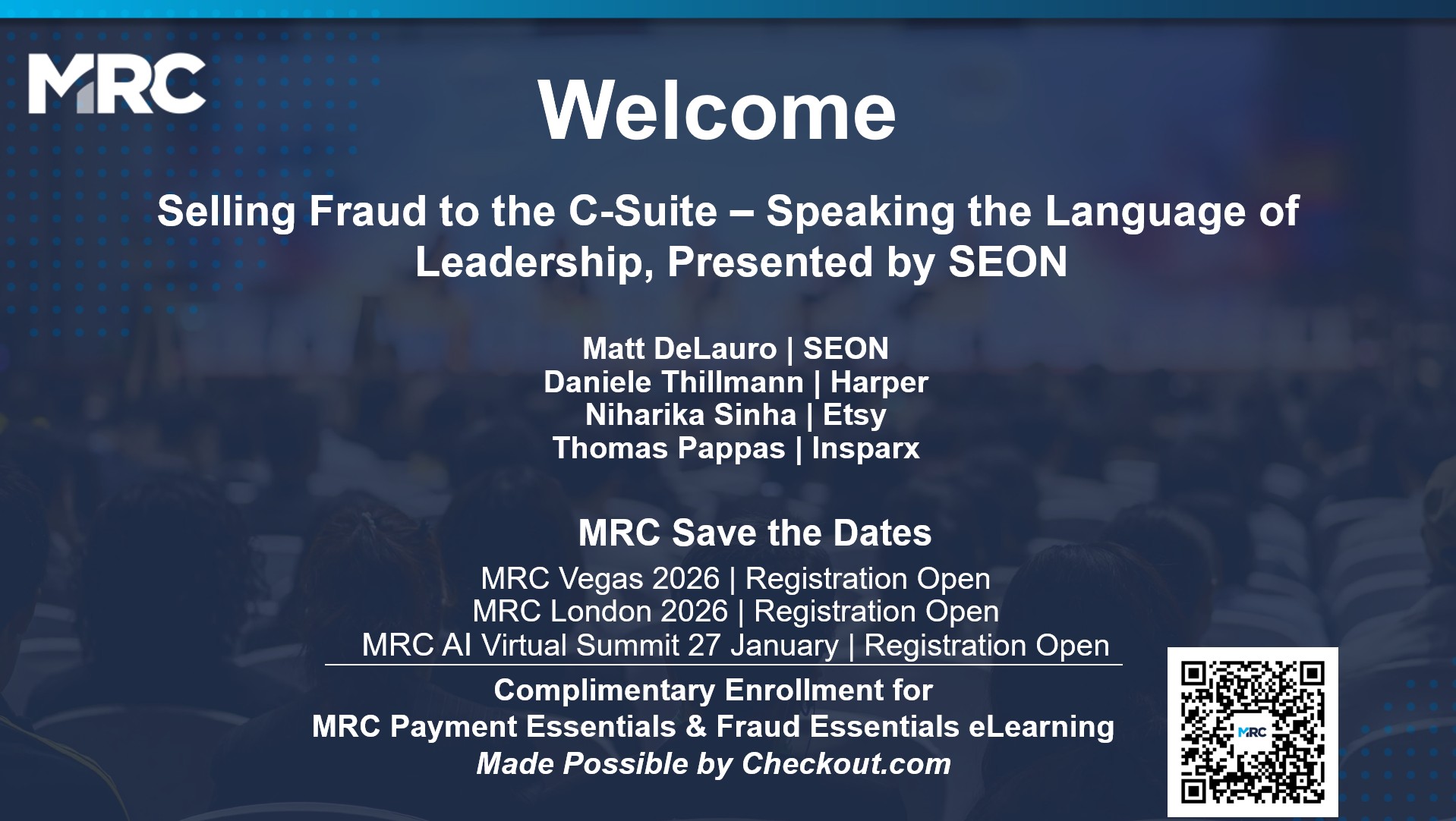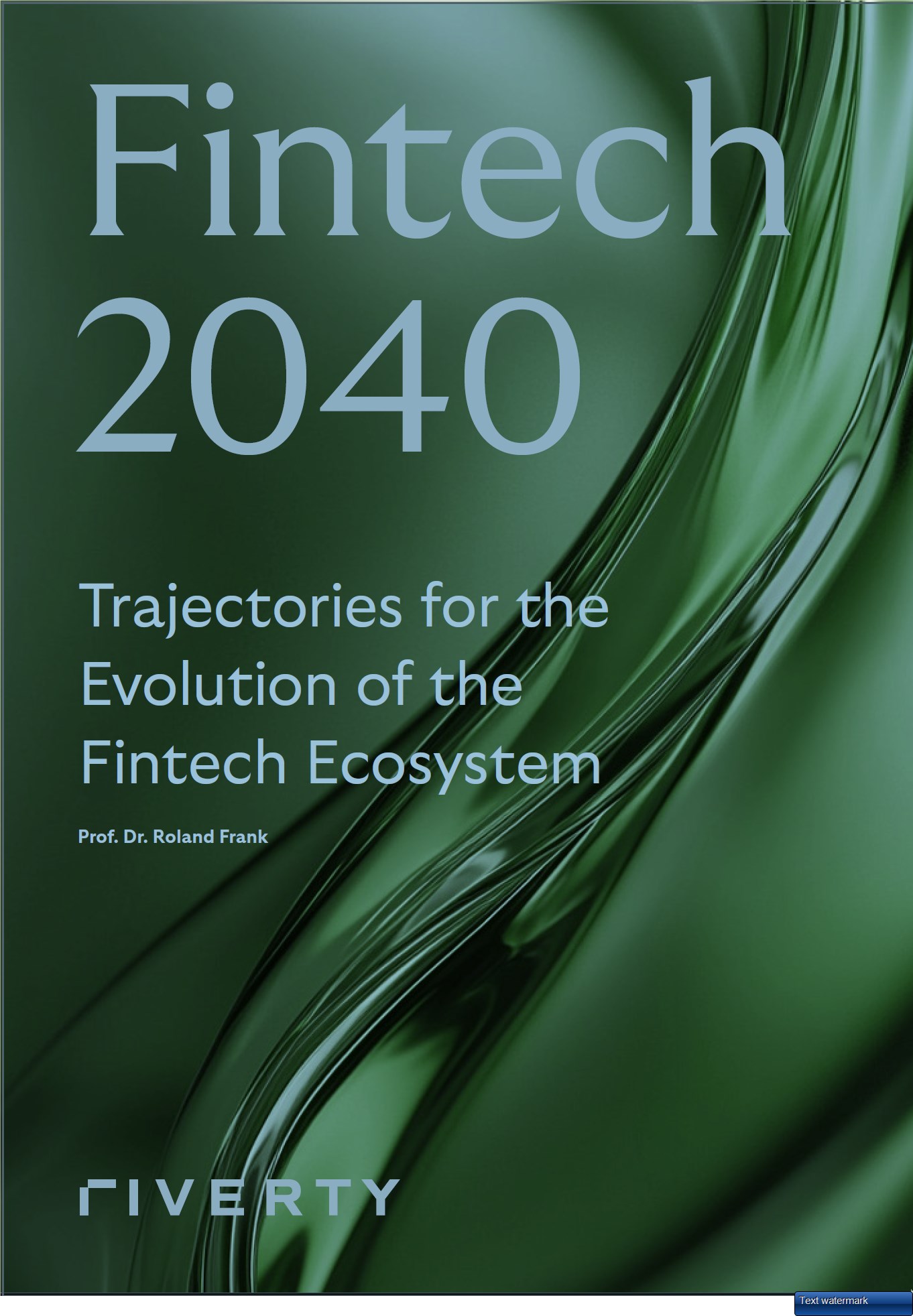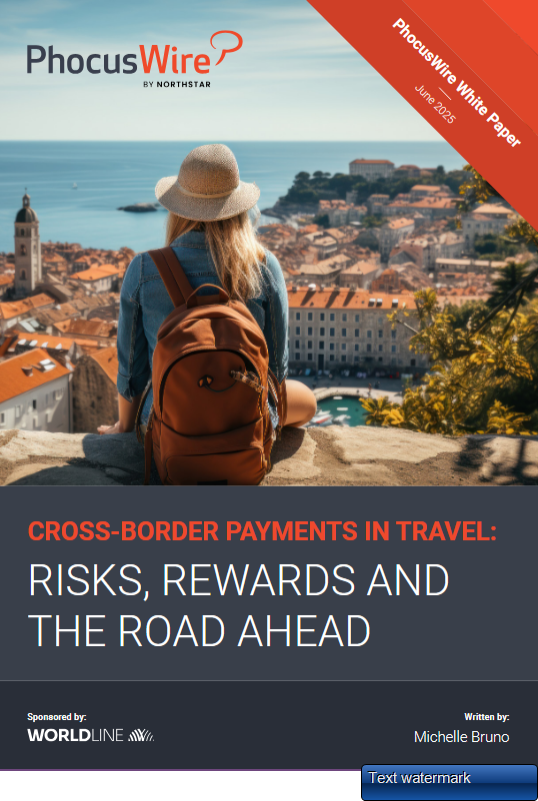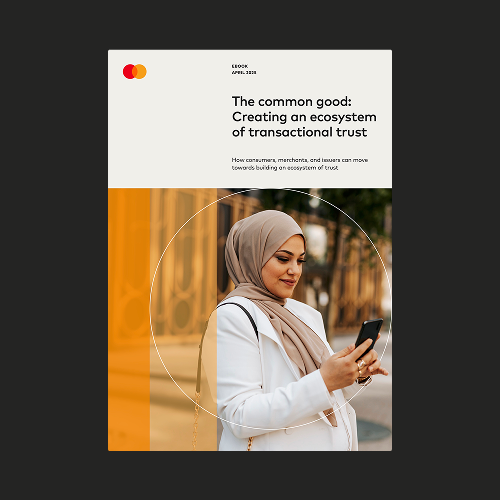How to Fight Identity Fraud by Going Providerless
Fraud
Management/mitigation
Uri Arad and Shmuli Goldberg -- Identiq
Nov 20, 2019
Webinars
For many online retailers, one of the more challenging types of risk to mitigate involves data points being seen for the first time, whether they are customers, email addresses, payment methods, etc. One company's new customer, however, may be another company's longstanding customer or previously observed fraudster.
In this Solution Spotlight webinar, Identiq discusses why collaboration is beneficial to merchants across disparate industries and locales and how so-called providerless approaches can overcome the challenges inherent with a provider-based solution. The company also details how their technology preserves anonymity and prevents sensitive data from being shared between companies. The webinar concludes with Q&A.
In this Solution Spotlight webinar, Identiq discusses why collaboration is beneficial to merchants across disparate industries and locales and how so-called providerless approaches can overcome the challenges inherent with a provider-based solution. The company also details how their technology preserves anonymity and prevents sensitive data from being shared between companies. The webinar concludes with Q&A.
Some content is hidden, to be able to see it login here Login
Tagged:

Host a Webinar with the MRC
Help the MRC community stay current on relevant fraud, payments, and law enforcement topics.
Submit a Request
Publish Your Document with the MRC
Feature your case studies, surveys, and whitepapers in the MRC Resource Center.
Submit Your Document



